Echoes of Ancient Lands
Hubli Karataka India
Mother Masala Tours
Beyond Ordinary: Hubli's Secret Corners
Hubli Karataka India. The city of boasts a intriquing history of ancient traditions, urban legends, and a resilient community that has withstood the tests of time. The origins of this thriving metropolis can be traced back to the 11th century, evolving into a center of cultural, spiritual, and economic importance that attracts people from various backgrounds. As we step into the heart of this city, we find ourselves immersed in an atmosphere where the past and present blend. The streets are adorned with ornate temples and lively markets, creating a sensory feast that invites exploration. Originally known as "Hubballi," which translates to "flowering creeper," this area began as a modest settlement that flourished under various ruling dynasties.
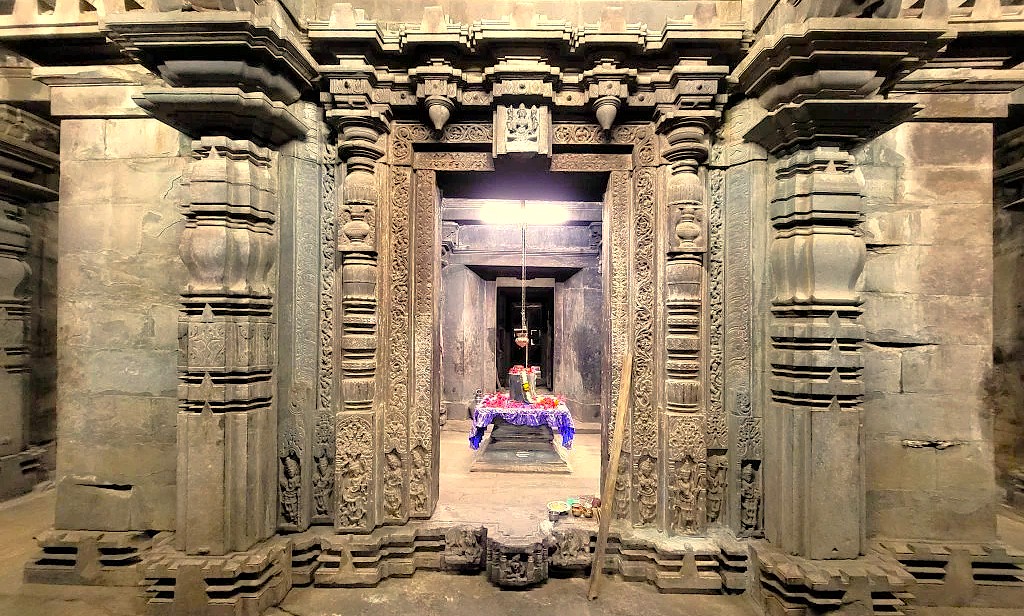
Hubli Karataka India: Timeless Artifacts
This city hosts unique artifacts that exemplify its historical significance and the profound connections the community shares with its heritage. The Chennabasavanna Temple, a notable site, dates back to the 12th century and features intricate carvings depicting various deities and mythological narratives. This temple not only serves as a center of devotion for locals but also stands as a reflection of the craftsmanship of that period.
Ancient Mosaics: Impeccable Craftsmanship
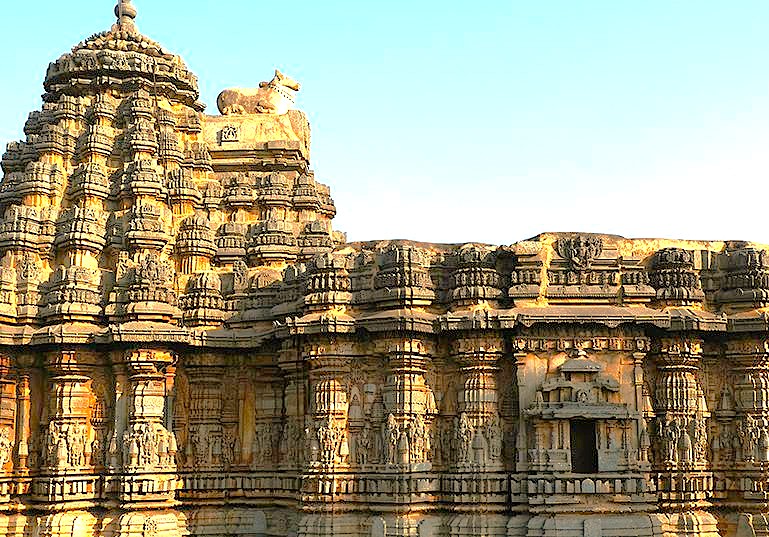
The craftsmanship in this region reflects a long-standing tradition of artistry that manifests in its temples and structures. Skilled artisans employed techniques that were passed down through generations, showcasing exquisite stone work that transforms common materials into stunning expressions of faith and culture. A prime example of this craftsmanship can be found in the Lakshmi Devi Temple, built during the Hoysala period. The intricate carvings and detailed sculptures here illustrate scenes from Hindu mythology, revealing the artisans' dedication to their craft.
The Pulse of the Local Community
Hubli Karataka India. The locals are known for their warmth and hospitality, which greatly enhances our experience as we wander through the city. Their welcoming gestures create an atmosphere filled with friendliness, making it easy for us to feel at home. Community members often take pride in their cultural heritage, readily sharing stories about their customs and traditions.
Capturing the Magic: A Photographic Haven
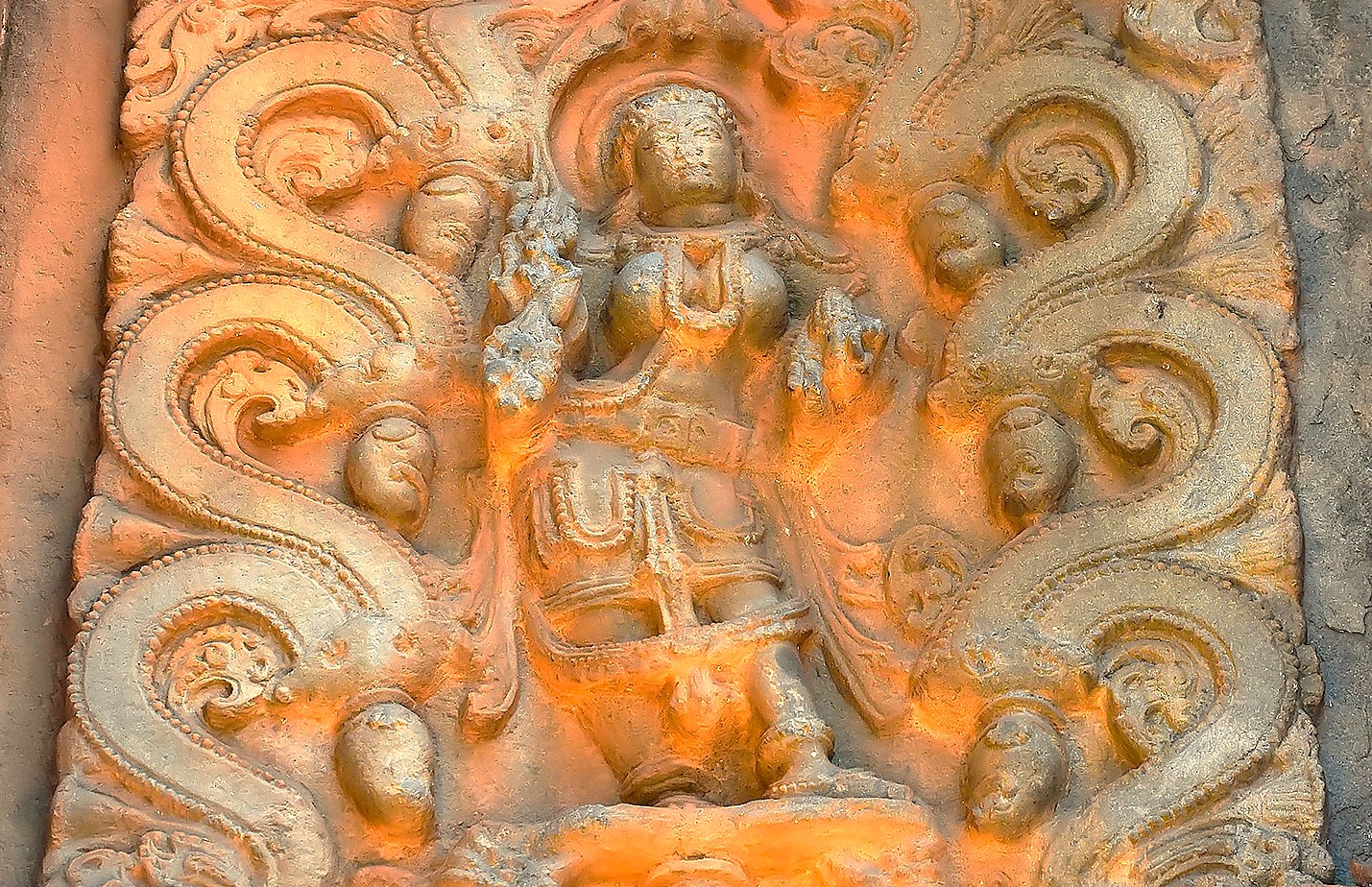
Cameras capture unique angles of rock sculptures arranged throughout winding pathways. The intricate stone carvings present interesting textures and patterns when photographed in morning or evening light. Colorful flowers contrast with gray stone structures, creating vibrant compositions that stand out in photographs. Local craftspeople work on pottery and textiles, offering chances to document traditional art processes in action. Stone figurines of deities like Brahma, Vishnu, and Shiva make compelling subjects against natural backdrops.
A Culinary Journey: Savor the Flavour
The local cuisine reflects the rich cultural heritage of the region and is infused with diverse flavors. One specialty that stands out is Dharwad Peda, a sweet made from khoya (reduced milk), sugar, and cardamom. This delicacy is prepared through a slow cooking process, allowing the flavors to meld and achieve a creamy texture that delights the palate. The cuisine also features dishes like Jolada Rotti, a flatbread made from jowar flour, and is often paired with Soppina Saaru, a spicy curry made from leafy vegetables.
Festivals of Devotion: Honouring the Sacred and the Divine
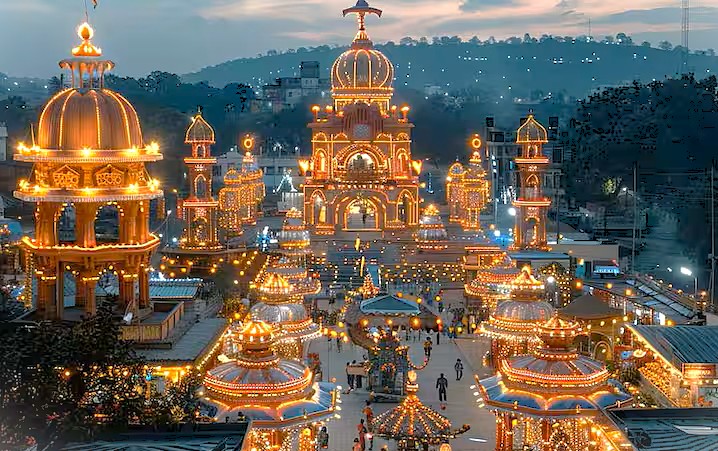
Festivals play an important role in the cultural life of the community. During Dussehra, celebrated in September or October, we can witness elaborately decorated processions that wind through the streets. Locals join together in song and dance, celebrating the victory of good over evil while honoring Goddess Durga. Another celebration is Makar Sankranti, which typically falls in mid-January. This festival marks the harvest season and is observed with kite flying, colorful decorations, and various festive activities.
Ancient Technologies: Sacred Sound, Geometry & Astrological Influences
The temples within the region incorporate principles of Vastu Shashtra - sacred geometry, believed to have a profound impact on the energies and vibrations experienced within these spaces. This ancient knowledge resonates through the design and layout of various structures, fostering health and harmony for those who enter. One of the key frequencies associated with these sacred designs is Solefeggio frequency of 432 Hz, thought to promote healing and stress relief. The temple construction often utilizes locally sourced materials - such as granite and limestonekn, allowing sound frequencies to travel effectively.
The Connection with the Gods
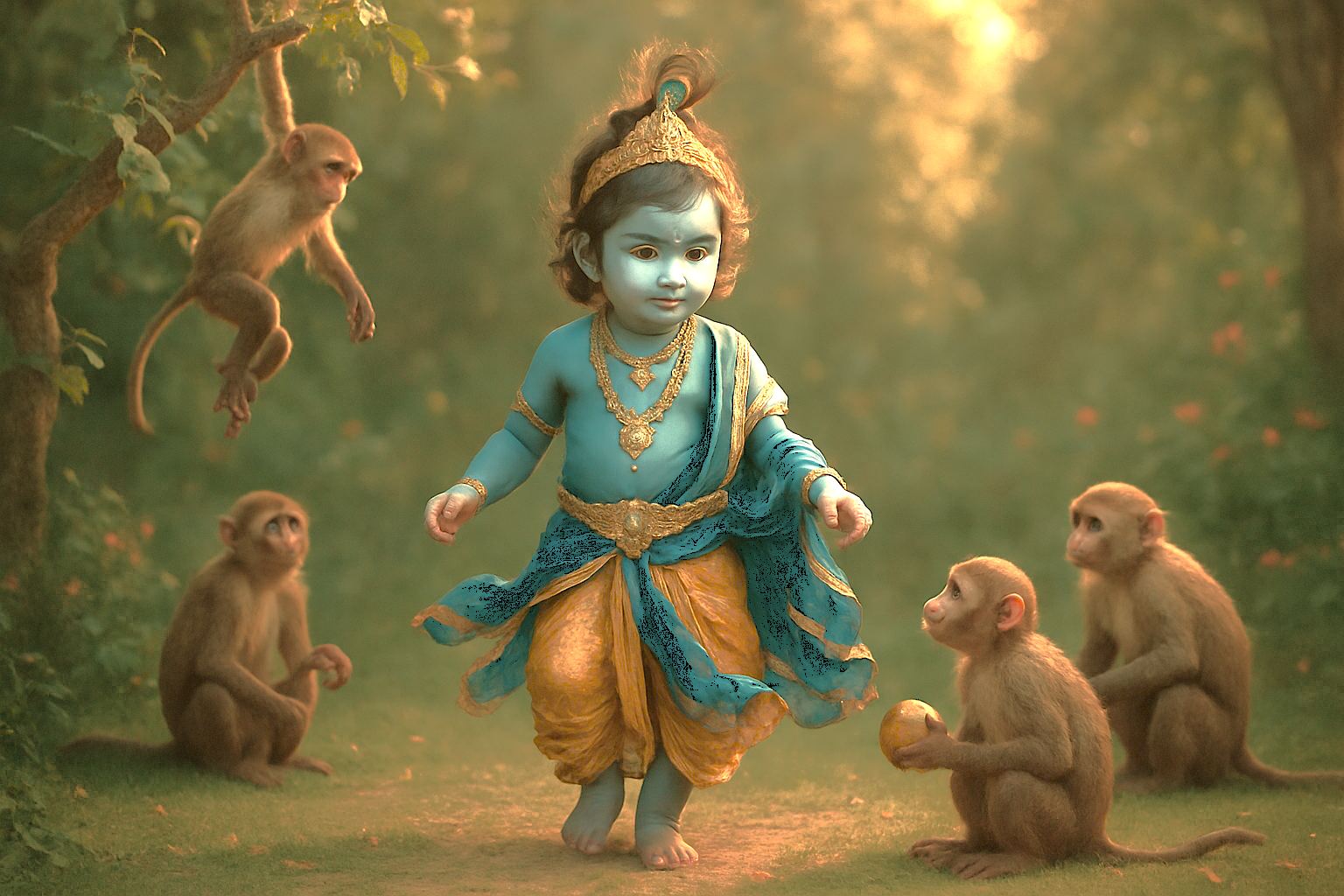
The temples are dedicated to multiple deities that reflect the beliefs and spiritual practices. Krishna holds a special place among the deities worshipped here. Stories of his childhood exploits, battles against demons, and interactions with devotees highlight values cherished within the community. The goddess Bhuvaneshwari plays a crucial role in local faith. She is often venerated as a bringer of prosperity and fertility. Festivals dedicated to her involve vibrant rituals and communal feasts, during which the community comes together to express their devotion.
Serendipitous Meetings: Beyond the Main Path
Hubli Karataka India. Walking through the city’s winding streets and quiet alleys reveals countless opportunities for unexpected and enriching encounters with local artisans and craftspeople. Moving beyond the main thoroughfares, we open ourselves to the true pulse of the community. As we stroll, we are drawn in by the rhythmic clack of a loom, finding weavers creating vibrant textiles, their fingers deftly interlacing threads into intricate patterns. Further on, we find potters, hands covered in slip, skillfully shaping wet clay on a wheel, their workshops filled with earthy aromas.
Resilience and Renewal: Overcoming Adversity’s Challenges
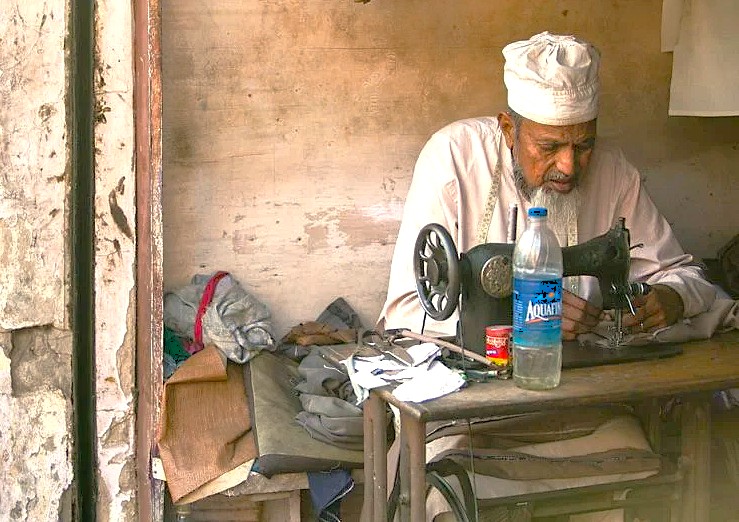
The history of this region is marked by resilience, having endured numerous challenges that have shaped its identity. A notable event was the Hubli Riots in 2008, which arose from communal tensions and resulted in significant damage and hardship for many inhabitants. However, this difficult period led to a renewed commitment to fostering peace and understanding among the diverse communities. Natural disasters have also left their mark on the community. Famine and floods throughout history tested the resolve of residents, yet they consistently found ways to overcome adversity and rebuild their lives.
Urban Legends: Strange Sightings, Myths and Mysteries
Urban legends further add to the cultural richness of this city. One tale speaks of the Karnataka State Dussehra, during which a spectral figure is said to appear in the towers of certain temples. Locals believe this apparition to be the ghost of a former priest, reportedly keeping watch over the site's rituals. Another myth involves the “Spirit of the Old Fort,” a legend claiming that a protective spirit guards the remnants of a historical fort. It is said that those who respect the grounds receive blessings, while those who disturb their sanctity may face misfortune.
Awaken Your Spirit - Come With Us, Let’s Go
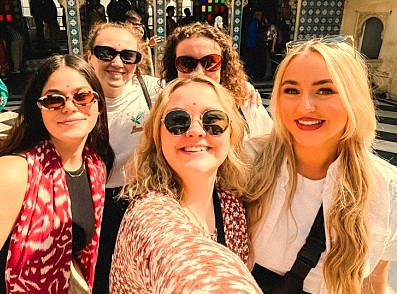
We explore the heart of this thriving city where history meets community each day through various activities and encounters. The journey takes everyone through temples with intricate carvings that tell stories dating back centuries about local beliefs and practices. Markets buzz with energy as traders sell everything from spices to handmade crafts while sharing tales about their origins. The local cuisine brings flavors that represent cultural traditions passed down through many generations of family cooking. Meeting community members leads to conversations about daily life and special celebrations held throughout the year.
Symphony of Generosity: Offerings from Wanderers to Residents
Hubli Karataka India. The interchange between travelers and locals fosters a spirit of generosity that enriches both parties. Those of us who come to learn gain priceless insights into the customs and traditions of the community, while residents benefit from the attention their culture receives. Every interaction helps preserve local traditions, enabling artisans to continue their crafts and ensuring that new generations appreciate their heritage.